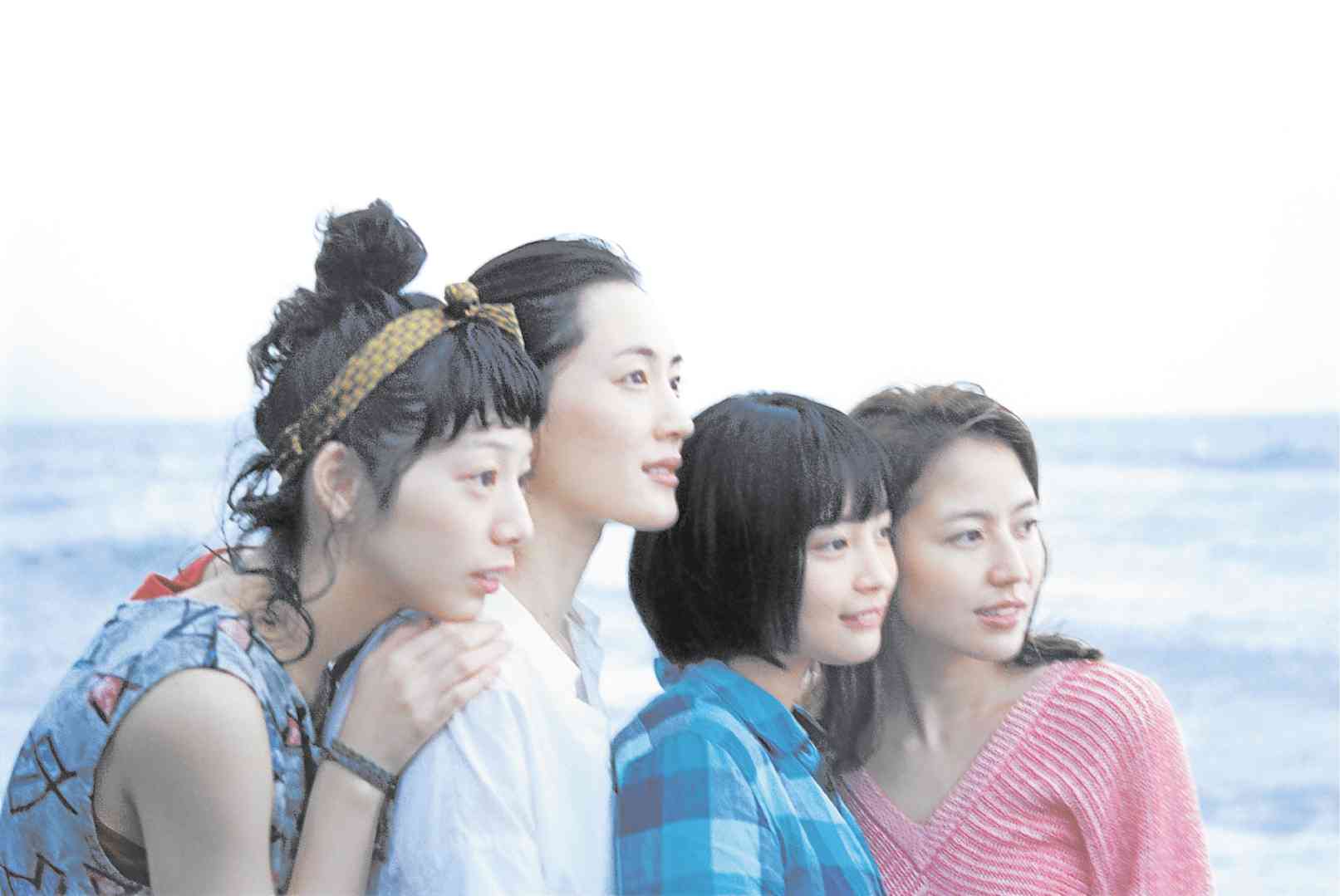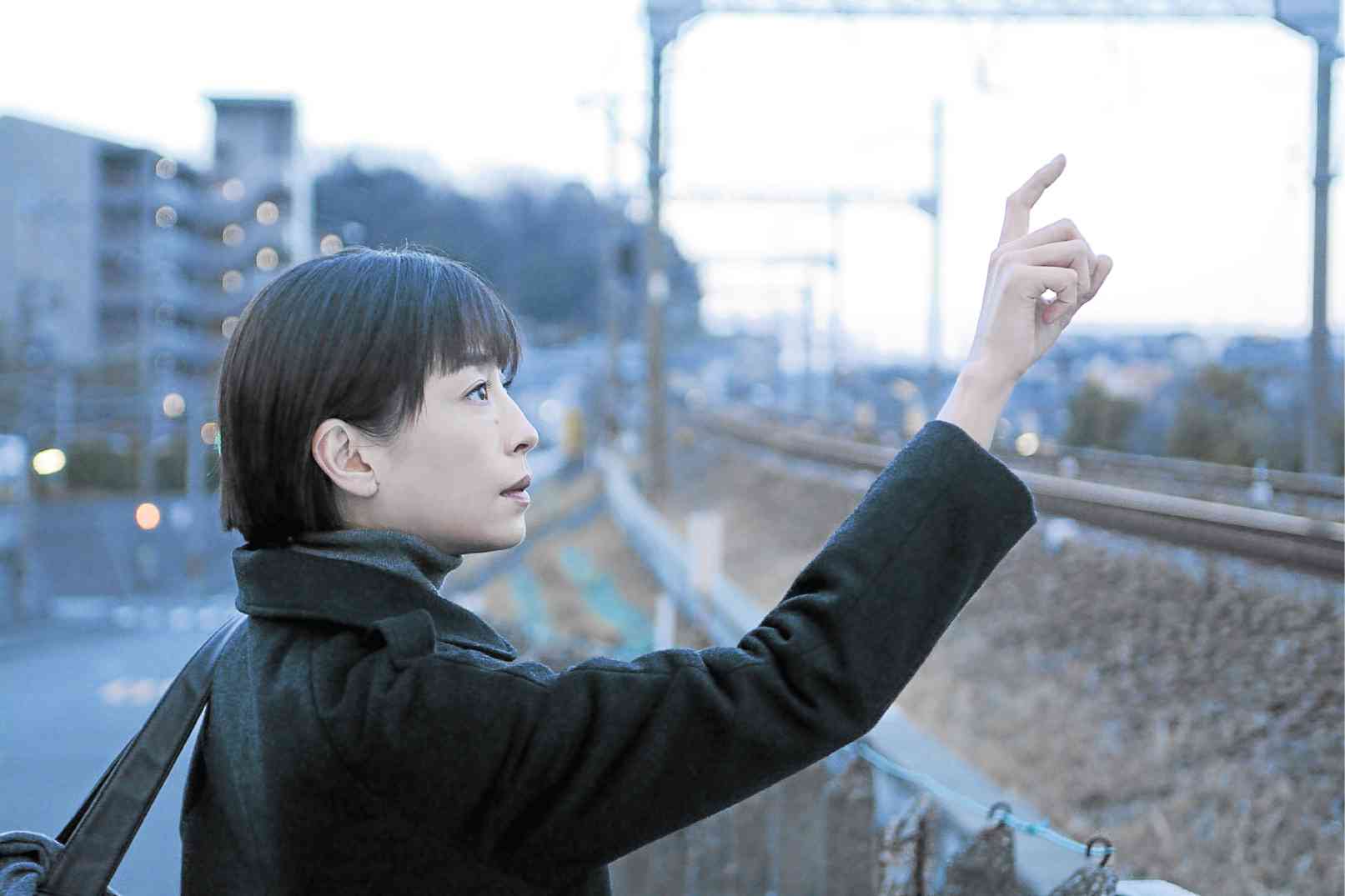Crash course in Nippon 101
One easy way to learn about another country is through cinema, asserted Hiroaki Uesugi, director of the Japan Foundation.
For this year’s Eigasai, the Japan Film Festival in Manila, the foundation has gathered a variety of movies, from which Filipino viewers can familiarize themselves with their Asian neighbor’s culture and society.
“Two films tackle history,” Uesugi told the Inquirer. Masato Harada’s “The Emperor in August,” is set at the end of World War II. Meanwhile, Harada’s “Kakekomi,” the opening film, zeroes in on the Edo period in the 1840s. “It takes place in a divorce temple in Kamakura and shows how women are treated in that era.”
Some films also show the nuances of family relationships in Japan—particularly, Hirokazu Kore-eda’s “Our Little Sister” and Yoji Yamada’s “The Little House,” Uesugi said.
Apart from being a suspenseful, steamy yarn on embezzlement, Daihachi Yoshida’s “Pale Moon” also dissects the role of women in contemporary Japanese society.
Many of the films were released in 2015 and almost all are award-winning, not only in Japan but in foreign festivals, as well.
Kore-eda’s “Our Little Sister” competed at the Cannes Film Festival last year.
“Pale Moon” won best actress for lead star Rie Miyazawa at the 2014 Tokyo International Film Festival, where it also scored the audience award. Miyazawa, likewise, took home the best actress trophy at the Japanese Academy in 2015.
“The Little House” earned the Silver Bear best actress at the 2014 Berlinale and best supporting actress at the Japanese Academy the following year, for Haru Kuroki.
Mamoru Hosoda’s “The Boy and the Beast,” the lone animation film in the lineup, clinched the best animated film honor at this year’s Japanese Academy.
Harada’s “Kakekomi” was screened at the Shanghai and Tokyo fests in 2015, while his “The Emperor in August” was shown at the Tokyo, Chicago and Hawaii fests that same year.
Harada’s “Chronicle of My Mother,” on the other hand, was presented at Busan, Hawaii, Chicago, Palm Springs and the Montreal World Film Festival, where it won the Special Grand Prize of the Jury in 2011.
Hiroshi Shoji’s “Ken and Kazu” collected the Japanese Cinema Splash best picture award at the Tokyo fest last year. Ryutaro Nakagawa’s “August in Tokyo” was part of the Tokyo fest’s Japanese Cinema Splash program in 2014.
Yuya Ishii’s “The Great Passage,” was Japan’s entry in the best foreign language film category of the Oscars in 2013 and was shown at the Hong Kong, Seattle and Puchon fests.
Nobuhiro Doi’s “Flying Colors” won Newcomer of the Year for Kasumi Arimura at the Japanese Academy this year, and best supporting actress for Yo Yoshida at the Hochi Film Awards last year.
Interestingly, one of the films on the Eigasai list is set in the Philippines—specifically, in Baguio: Junichi Suzuki’s 2015 drama, “Crossroads,” which features Filipino cosplayer Alodia Gosiengfiao.
“The film was made for the 50th anniversary of the Japan Overseas Cooperation Volunteers,” Uesugi said. “The organization shares farming techniques and other livelihood skills to communities all over the world.”
This year, Eigasai is teaming up with Cinemalaya, too. For the 12th Cinemalaya (Aug. 5 to 14 at the Cultural Center of the Philippines), two Japanese indies (“Ken and Kazu” and “August in Tokyo”) will be spotlighted as part of the Asian section.
“Cinemalaya has grown to be a prominent film fest that attracts many moviegoers,” Uesugi pointed out. “We would like to show Japanese independent films there.”
Free to the public, the Eigasai will be held at the Shangri-La Plaza mall from July 7 to 17, before moving to Davao (July 22 to 30), the CCP (July 8 and Aug. 6, 9, 10 and 12), Baguio (Aug. 11 to 15), Cebu (Aug. 17 to 21) and the UP Film Institute (Aug. 17 to 20).


